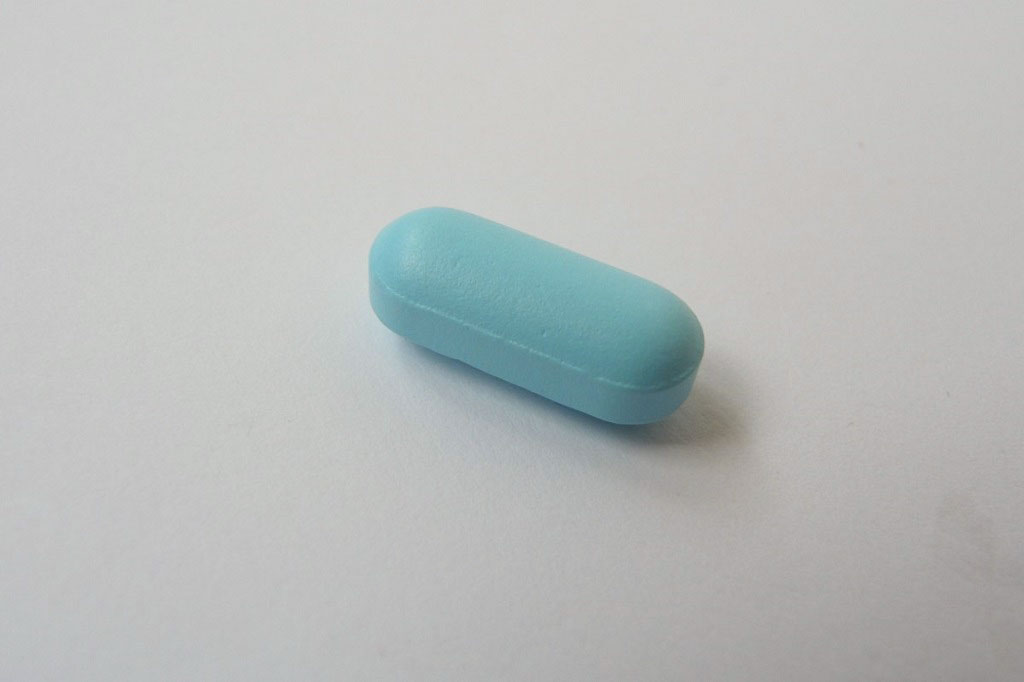Can statin treatment cut heart risk for some children?
Heart and lungs
News article about children with familial hypercholesterolaemia being prescribed statins to lower their low-density lipoprotein cholesterol
Children as young as eight years old should receive statin drugs to reduce their risk of heart disease, The Independent reported. Statins are a class of drugs that reduce the levels of ‘bad’ cholesterol in the blood and their use is recommended for children who have a hereditary form of raised cholesterol called familial hypercholesterolaemia (FH), the newspaper said.
“The medication should be offered to children at high risk,” the newspaper reported. The researchers say this could reduce the development of atherosclerosis (thickening of the walls of the arteries) and prevent the early development of heart disease.
The reports are based on research into the use of cholesterol-lowering therapy in children with FH only and present interesting findings of a potential benefit. Currently, statin therapy is not recommended in children and adolescents with this condition, therefore these results provide an area for further research.
Where did the story come from?
The research was carried out in the Netherlands by Jessica Rodenburg and colleagues from the departments of Vascular Medicine, Paediatrics, and Clinical Epidemiology, Biostatistics and Bioinformatics of the University of Amsterdam. Funding was provided by Bristol-Myers Squibb and it was published in the peer-reviewed journal, Circulation .
What kind of scientific study was this?
This study was a case series study of children aged 8-18 with FH – a condition known to cause elevated levels of ‘bad’ cholesterol, or low-density lipoprotein (LDL-C) cholesterol. The children had previously been involved in a randomised controlled trial that examined the effects of two year treatment with statins versus placebo.
This is a further study of 186 of those 214 children. All of the children (those who had previously had statins and those who had previously had placebo) were given pravastatin for a further two years. Over these two years, blood samples were taken regularly to measure blood lipid (fat) levels, as well as other biochemical markers to assess any bad side effects of treatment, for example sex hormone levels, liver enzymes, and height and weight data. This allowed the researchers to measure two years versus four years of statin treatment.
The researchers also investigated whether there were any side effects from using statins at an early age, and what the most appropriate age to start statin treatment in children with FH would be.
What were the results of the study?
The researchers found that artery thickness measured after treatment was significantly linked to the initial thickness, to the age at the time of starting statin treatment, the length of time that the statin was taken for, and whether the child was male. They reported no side effects of treatment in the time studied.
What interpretations did the researchers draw from these results?
The researchers concluded that age at which statin treatment was started was linked to a lower artery thickness after treatment, and that thickness will continue to increase for every year that treatment is not taken. They say that their research supports starting statin therapy in childhood for those with FH and suggest starting treatment when a child of over eight years old is diagnosed.
What does the NHS Knowledge Service make of this study?
This study presents new and interesting findings that do suggest a potential benefit of early statin treatment and provide an area for further research and development in children and adolescents with FH. However before changes are made to current practice, several points should be borne in mind:
- Although no adverse effects of treatment were found in this study, these were only findings after two or four years of treatment. Much longer-term effects are unknown.
- Statin treatment at a young age appeared to be linked to reduced thickness of the arteries in this study. Although this suggests a reduction in atherosclerotic risk we cannot assume that this would mean a reduction in cardiovascular events such as heart attacks and stroke in later life. There are many other factors that play a role, such as smoking, blood pressure and diabetes.
- Starting a child on statin treatment means long-term daily drug treatment from a young age, and the implications of this need to be considered. This study has not examined how long treatment should be continued for.
- The age of eight years is only the researchers “suggested” age of commencing treatment.
- These results are from a single study only, many more trials, using this and other statin therapies, for longer periods of time would be needed before firm recommendations could be made.
Importantly, when reading the newspaper headlines, this must not be misinterpreted to mean that all children from the age of eight should be given statins.






 Subscribe
Subscribe Ask the doctor
Ask the doctor Rate this article
Rate this article Find products
Find products








